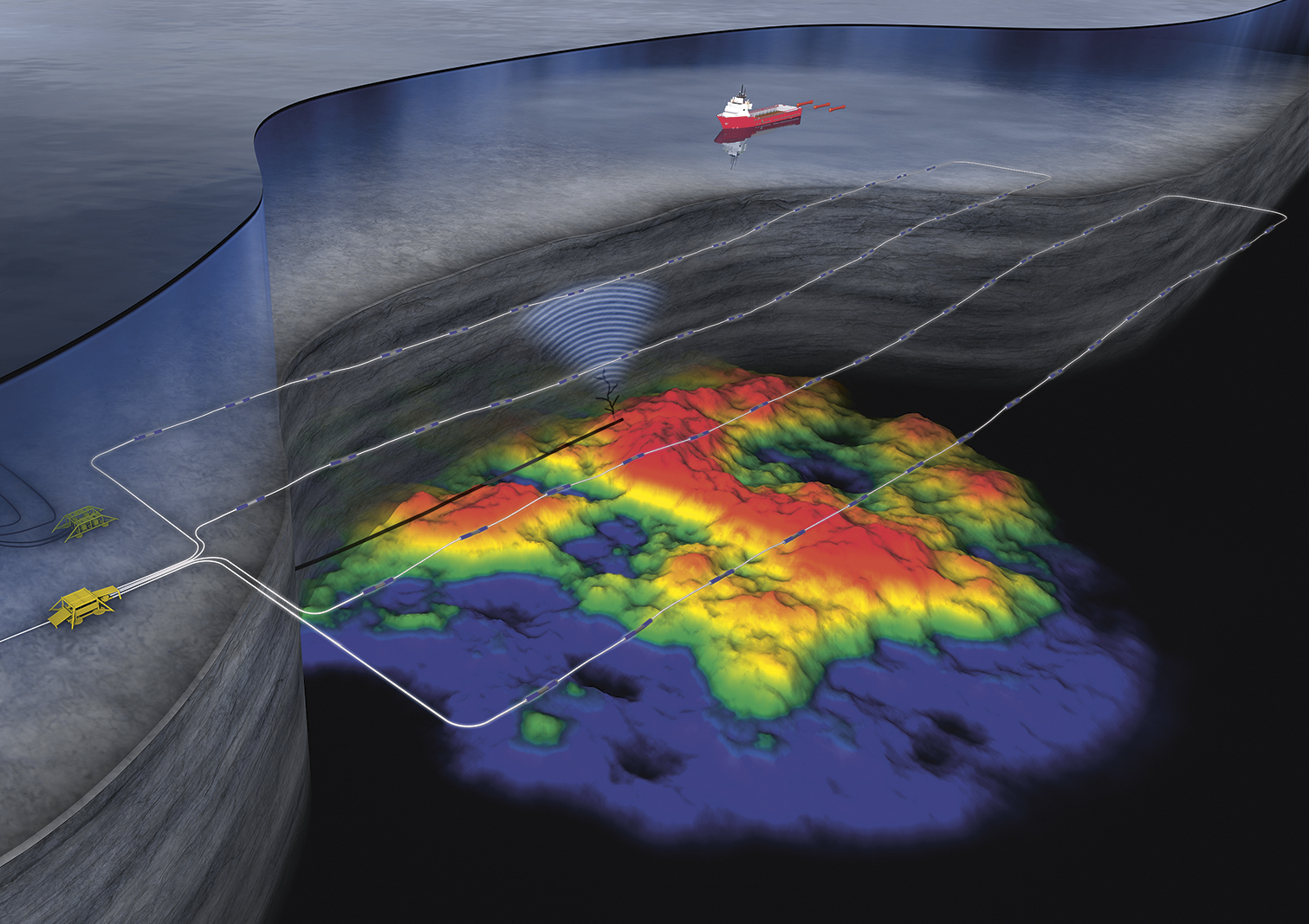About Energi21

The Energi21 strategy is the Norwegian national strategy for research, development and commercialisation of new, climate-friendly energy technology.
The strategy is designed to promote coordinated, efficient and targeted efforts in research and technology for the energy sector.
The Energi21 strategic body was established by the Ministry of Petroleum and Energy in 2008 and has a permanent board with representatives from energy companies, technology and service providers, research and educational institutions, and the authorities.
Thematically, its mandate encompasses the entire stationary energy system as well as energy technologies for transport purposes.
The Energi21 strategy is an integral component of Norwegian energy policy. The mandate sets out three objectives which the strategic recommendations are intended to promote.
The Energi21 strategy must be based on Norwegian energy policy and promote the achievement of the primary and secondary objectives set by the authorities for investment in energy research.
Main objective: To promote increased value creation and the reliable, cost-effective and sustainable utilisation of energy resources.
Secondary objectives:
- Ensure long-term development of knowledge and technology.
- Promote competitiveness and greater value creation in the Norwegian energy industry.
- Contribute solutions that lay the foundation for a low-emission society.
The purpose of the strategy document is to advise the authorities and the business community on the direction and scope of research and development activities that are called for, and to propose how to prioritise different focus areas.
The Energi21 board is appointed by the Minister of Petroleum and Energy.
It has 15 representatives from industry, research institutes, academia, public financial agencies and authorities.
The ministrey of Petroleum and Energy and The Norwegian Water Resources and Energy Directorate hold an observer position.
